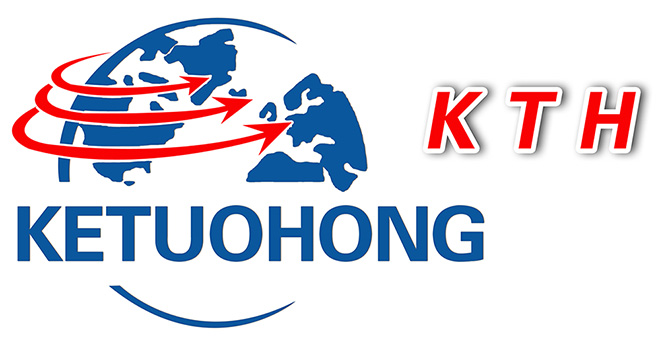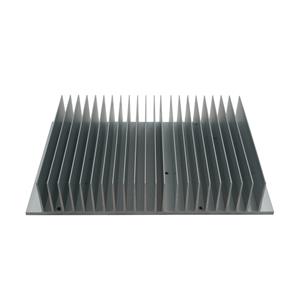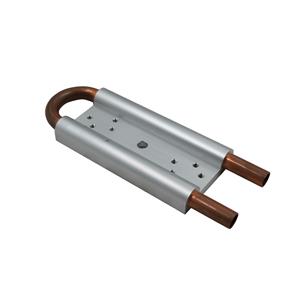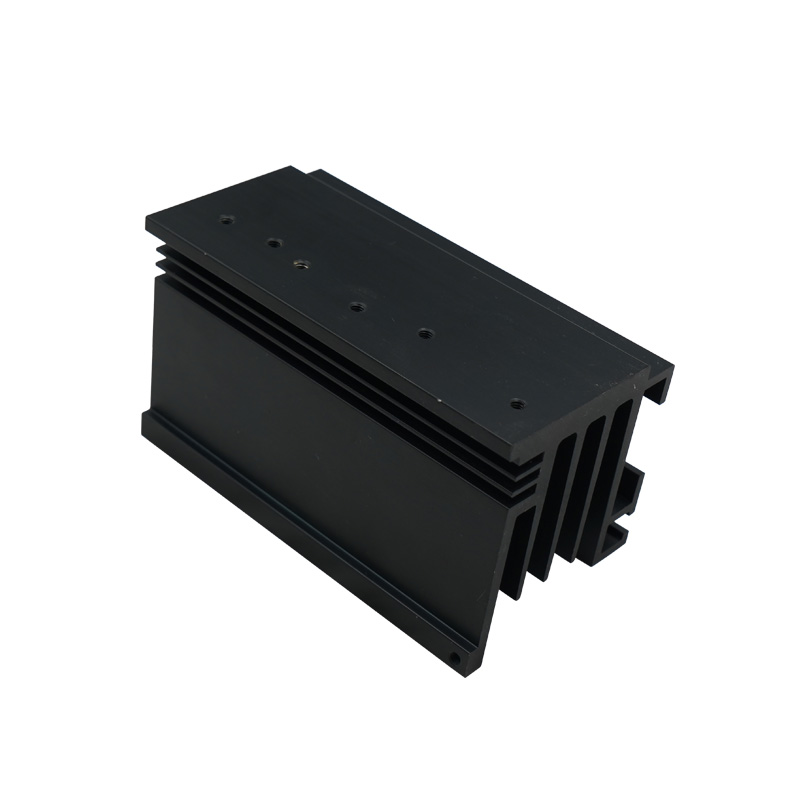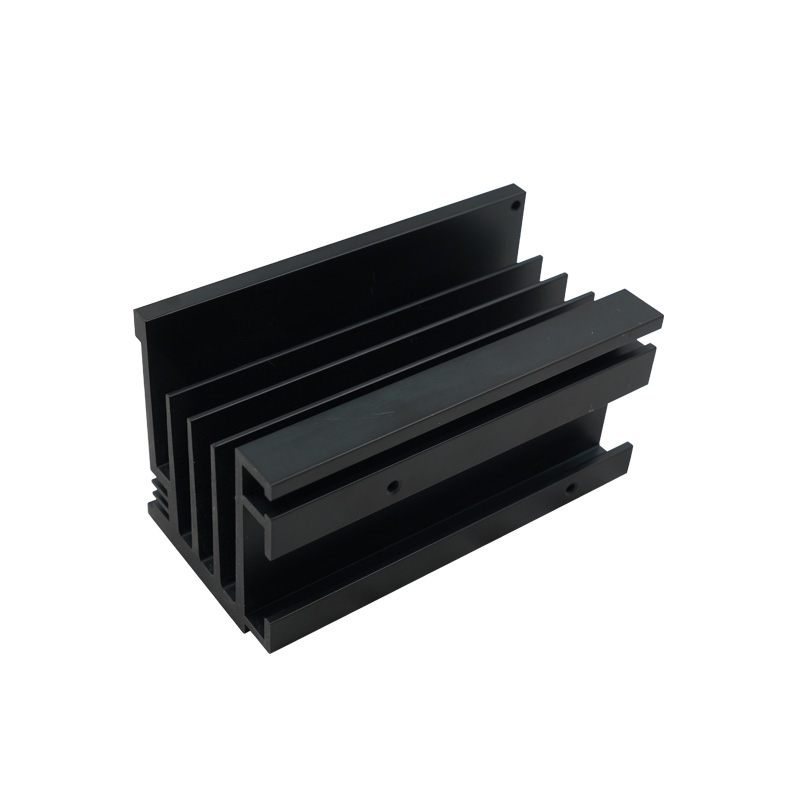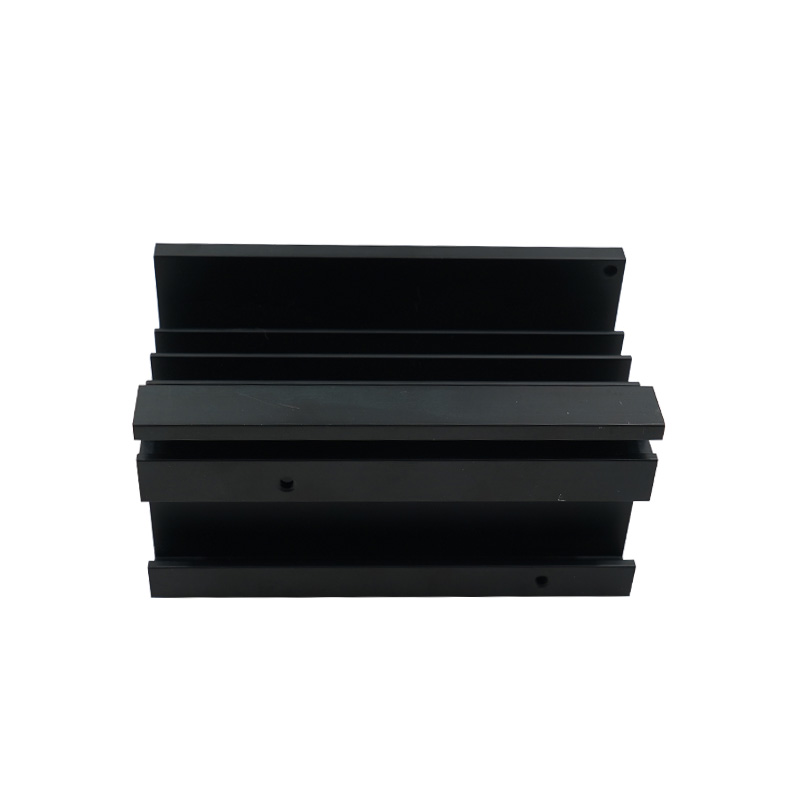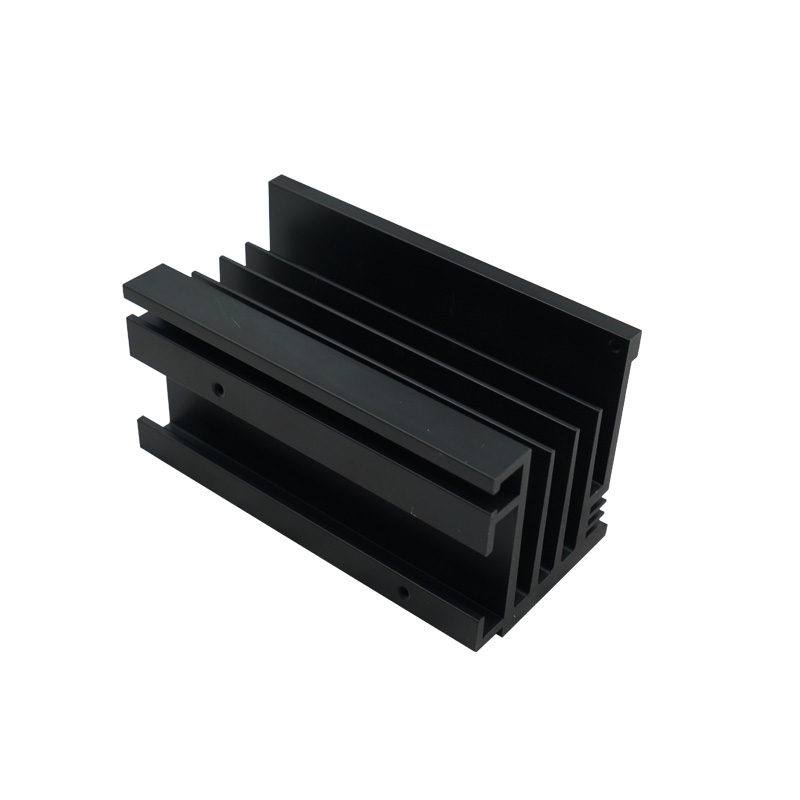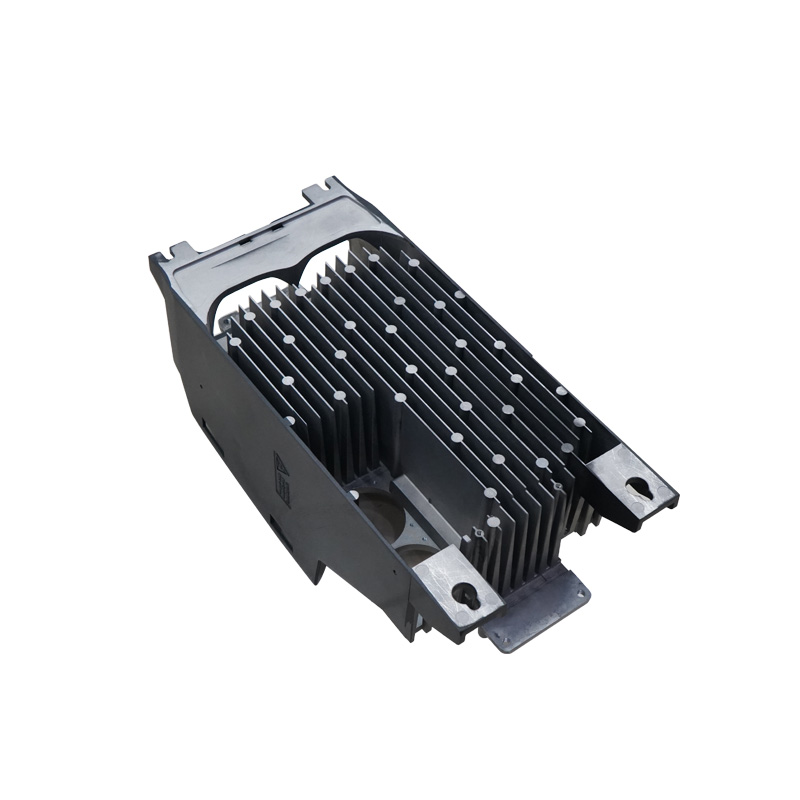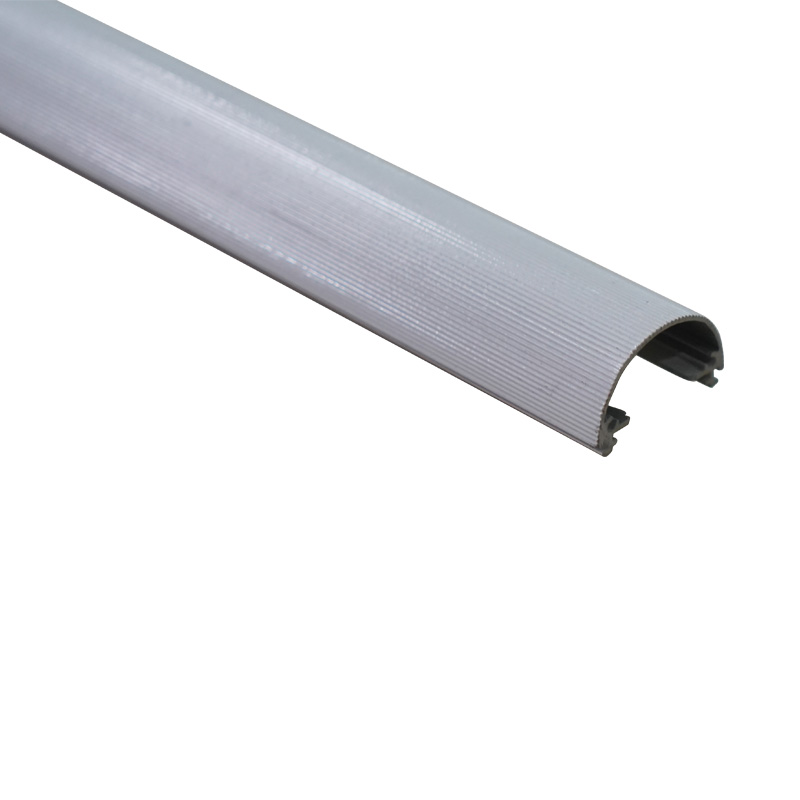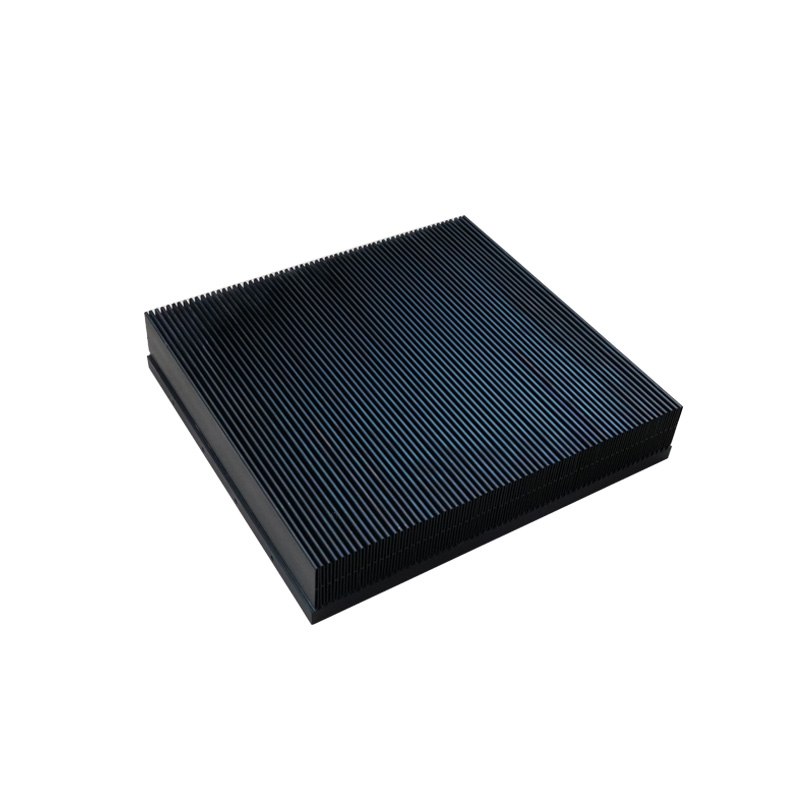
LED Photoelectric T Slot Aluminum Radiator
Brand Customizable
Product origin Shandong, China
Delivery time 15-45days
The purpose of absorb and dissipate the heat generated by the LED.
Prevent overheating and improve the performance and life of the LED.
What makes LED photoelectric aluminum radiator so important
What makes LED photoelectric aluminum radiator so important
LED photoelectric aluminum radiators help to keep LED lights functioning properly and extend their lifespan. These lights generate illumination through electroluminescence, a process that inevitably generates heat. This heat can damage the internal components of an LED light and reduce its efficacy and lifespan. LED t slot aluminum radiator solve this problem by acting as a cooling mechanism, dissipating the heat generated by the LED light, keeping the internals at a safe operating temperature.
Led aluminum heat sink are designed using highly thermally conductive materials such as aluminum. These materials excel at absorbing and dissipating heat quickly and efficiently. Large surface areas are beneficial for maximizing heat dissipation. Overheating can cause LED lights to become a potential fire risk. Therefore, the presence of an effective heat sink is critical.
Radiators are not only used in consumer electronics, such as LED light strips, automotive atmosphere lights, etc., but also widely used in landscape lighting and stage lighting. In these applications, good heat dissipation performance ensures the stability and light efficiency of the LED photoelectric aluminum radiator.
Features of T slot aluminum radiator
| Structural design | T-slot design is adopted for modular installation, without additional drilling or welding, and bolts can be directly embedded. Usually equipped with T-shaped sliders and baffles to enhance stability and prevent the radiator from shaking. |
| Material properties | Mainly made of aluminum alloy 6063, 6061, etc., with high thermal conductivity of 150-200 W/m·K and lightweight characteristics Some high-end models may use composite aluminum to improve strength and thermal insulation.. |
| Heat dissipation performance | The heat dissipation area is increased through fins or rack structures to optimize air convection efficiency. Some designs combine bionic micro grooves (to enhance turbulent heat exchange and reduce wind resistance. |
Selection and precautions for T slot aluminum radiator:
Select the heat dissipation area and fin density according to the heat load (e.g. 100W LED requires ≥15cm²/W heat dissipation area). or outdoor applications, you need to choose an anti-corrosion anodized model with environmental adaptability. The t slot aluminum radiator should avoid direct contact with dissimilar metals such as copper and steel, and use insulating gaskets to prevent electrochemical corrosion. The processing tolerance of the microstructure heat sink must be controlled within ±5μm accuracy, otherwise the performance will be affected.
